It’s been a looong while since I last posted a Before Meets After, and today’s as good a day as any to break the streak! Some of you might recall my love affair with Totally Rad Actions. Lately though, I’ve sort of been cheating on TRA with Kubota’s Image Tools. For much too long, I’d been toying with the idea of purchasing from Kubota, and now that I’ve taken the plunge I can say I absolutely CANNOT believe I waited until now. The combination of TRA and Kubota has streamlined my workflow incredibly, and I’m telling you right now: If you are a photographer who has been uneasy about dropping the dough to buy these action sets, DO IT ANYWAY. 1) It will blow your mind how easy and quick it is to enhance your images. 2) The efficiency these resources will inject into your workflow is worth every. single. penny. Times 17,293,532.
This is an image taken at yesterday’s wedding, SOOC (straight out of camera). Promptly after the ceremony, Sara and Chad whisked themselves away for a quiet moment alone. I suppose I could have followed with my 50mm to get all up in yo’ grills, but instead, I stood far enough away to use my 70-200mm at its longest focal length. (P.S. I know I should have said “their grills” but “yo’ grills” just sounds cooler.) Now ordinarily, that big red piece of “art” in the lower-right might have scared me, but I also knew I loved the way Chad and Sara were framed by the trees, creating a very natural vignette. I decided I wasn’t about to try a different angle because THIS was IT. Plus, I also knew Big Red wasn’t anything my clone tool couldn’t handle. So I shot away, and am SO happy with the outcome of this image! Take a look at the “before,” and then the explanation following the “after.”
BEFORE:.jpg) AFTER:
AFTER:.jpg) BAM! My immediate reaction to the SOOC image was this: Overly Magenta. Modern art fail. Beautiful moment. Love how nature is framing the subjects. All in all, there was some good and some bad to the initial image. But I knew it was completely salvageable! The “after” image is a result of Photoshop’s clone tool, color-correcting via curves (which was also used to control image contrast and levels), Kubota’s Daily Multi Vitamin at 25%, TRA’s Grandma’s Tap Shoes at 15% to add a slight vintage feel, and finally, Kubota’s Magic Sharp – my all time FAVORITE.
BAM! My immediate reaction to the SOOC image was this: Overly Magenta. Modern art fail. Beautiful moment. Love how nature is framing the subjects. All in all, there was some good and some bad to the initial image. But I knew it was completely salvageable! The “after” image is a result of Photoshop’s clone tool, color-correcting via curves (which was also used to control image contrast and levels), Kubota’s Daily Multi Vitamin at 25%, TRA’s Grandma’s Tap Shoes at 15% to add a slight vintage feel, and finally, Kubota’s Magic Sharp – my all time FAVORITE.
Keep in mind this was a pretty extreme Before Meets After, and I only utilize the clone tool when it’s an absolute MUST. But I thought it might be fun to see something so blah become so polished. At least, I sort of think so. ;)
More of Sara and Chad this coming week! Happy Sunday!!
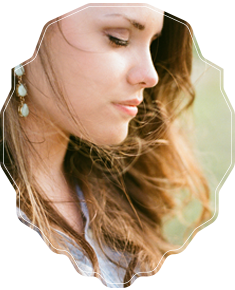
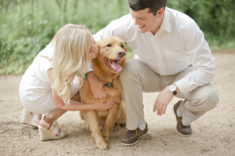
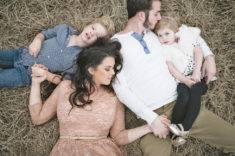
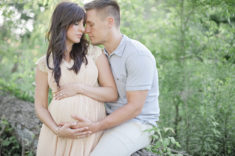
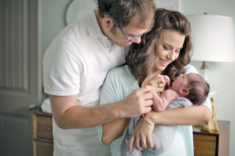

.jpg)

Diane - wow..that’s crazy stuff
Noël - Pretty neat!!
Alicia - Love it!
Randi-Michelle - Neat! I think learning some of your secrets is fun. You should post more of these.
Sam Houston Park Wedding: Sara & Chad | Alyse French Photography | Houston-Based Wedding and Lifestyle Photographer - […] away for a moment alone. But it was nothing my 70-200mm couldn’t stalk a little. ;) Read *HERE* for the Before Meets After featuring this image! Loved how unique the table decor was! Each […]
Janice Rowland - That is amazing the before and after. The way you totally got rid of that uguly red thing. I was curious, if you could maybe do some touch ups on me, in their wedding photo’s. Chad is my beautiful son, well his mother is not so beautiful, and you know, this is the most important day of his life. ???
Just kidding,… maybe…anyway you are very talanted, and I have already told everyone at simplecharlotte (where I work), how great you are. I told everyone, if any of their friends or family are planning a wedding to go to your blog. We have about 100 attorneys we work for and I told them too.
Sincerely,
Janice